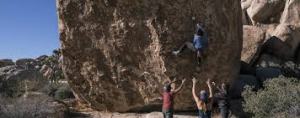
Rock Climbing
Image: rei.com
Brian Vanderburgh, a graduate of the construction management program at Syracuse University, has enjoyed a successful real estate development career that includes over $6 billion in construction projects. After several years in Las Vegas and New York, he moved on to Hedrick Brothers Construction to serve as vice president of hospitality and senior project manager. Outside of his work in real estate development, Brian Vanderburgh enjoys active hobbies such as surfing, hiking, and rock climbing.
Rock climbing systems are routinely classified under both a ratings system and a grading system to help climbers plan accordingly. Whether indoor or outdoor, rock climbs are subject to a ratings methodology known as the Yosemite Decimal System (YDS). The YDS classifies climbs on a scale of one to six. A rating of one signifies a flat trail, while a rating of six refers to a wall with no footholds or handholds that cannot be climbed.
Alternatively, rock climbing grades communicate the length of time a climb might take. This grading system, which utilizes Roman numerals, currently begins with Grade I and ends with a Grade VII. While a Grade I climb should take a few hours, a Grade VII climb would extend well over two days. Since indoor climbing walls do not carry the same risk of being stranded, climbing grades are only applied to outdoor rock walls.